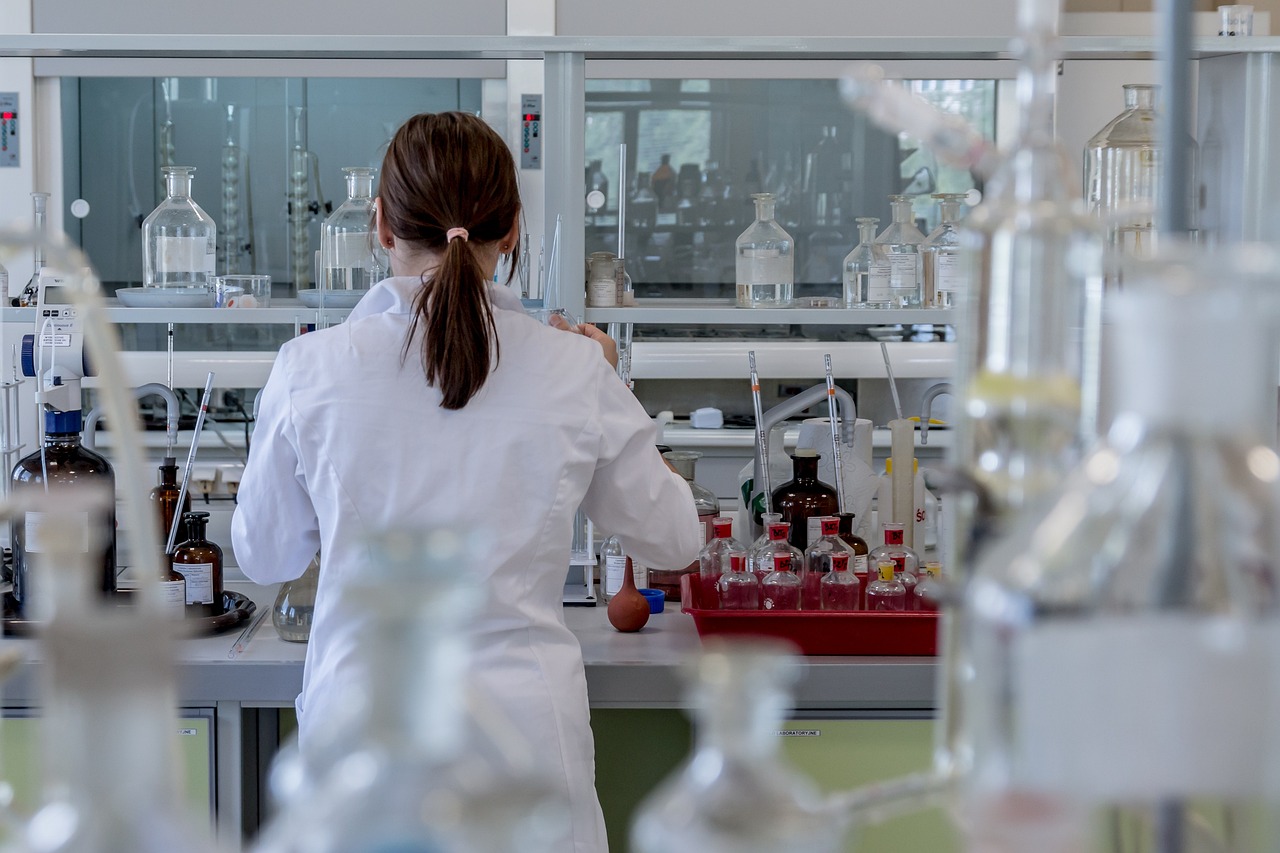Potential Cytotoxicity of a New Compound: A Guide to In Vitro MTT Assay- With the advent of novel compounds in pharmaceutical research, the need to assess their safety is paramount. One of the primary factors to evaluate is the cytotoxic potential of these compounds, i.e., their ability to harm or kill cells. One widely accepted and highly effective method for this purpose is the In Vitro MTT assay.
The MTT assay, named for the yellow tetrazolium dye 3-(4,5-dimethylthiazol-2-yl)-2,5-diphenyltetrazolium bromide, is a colorimetric assay that measures the metabolic activity of cells, which correlates with cell viability and, therefore, cytotoxicity.
Here’s how to use the MTT assay to determine the potential cytotoxicity of a new compound:
1. Cell Culture: First, cells are cultured in suitable conditions to ensure their growth and proliferation.
2. Treatment with the Compound: After sufficient growth, the cells are treated with varying concentrations of the new compound. The concentration range should be wide enough to provide a comprehensive view of the compound’s effects.
3. MTT Solution Addition: Following treatment, the MTT solution is added to the cells and incubated for a few hours. During this incubation, viable cells reduce the MTT to formazan, a purple dye, through their metabolic activity.
4. Formazan Solubilization: The formazan crystals formed in viable cells are then solubilized using a suitable solubilizing solution like DMSO or isopropanol.
5. Absorbance Measurement: The solubilized formazan solution’s absorbance is measured using a spectrophotometer. Typically, this is done at a wavelength of 570 nm.
6. Data Analysis: The absorbance values correlate directly with the number of viable cells. By comparing the absorbance values from the compound-treated cells to untreated controls, the compound’s cytotoxicity can be deduced.
Why In Vitro MTT Assay is Required?
In vitro assays have several uses in biological research and medical applications, mainly because they offer a controlled environment to study various biological and physiological processes. Here are some of the key uses of in vitro assays:
- Drug Discovery and Development: In vitro assays are extensively used in the early stages of drug discovery to screen numerous compounds for their efficacy and toxicity. They help determine the therapeutic potential and safety profile of a compound before it advances to in vivo studies or clinical trials.
- Toxicity Testing: In vitro assays are used to assess the cytotoxicity of chemicals, pollutants, or new pharmaceutical compounds. Tests like the MTT assay or LDH assay can determine the toxic effects of a substance on cell health and viability.
- Study of Disease Mechanisms: In vitro assays using disease-specific cell lines or patient-derived cells can help researchers understand the cellular and molecular mechanisms underlying a disease. This can aid in the development of new therapeutic strategies.
- Genetic Studies: In vitro assays can be used to study gene function, gene regulation, and the effects of genetic mutations. Techniques like reporter gene assays allow researchers to explore the activity of a particular gene under various conditions.
- Protein Interaction Studies: In vitro assays such as ELISA, pull-down assays, or co-immunoprecipitation can help identify and study protein-protein interactions, which are crucial for understanding cellular processes.
- Enzyme Activity and Kinetics: In vitro assays can be used to study the activity of enzymes, their substrates, and inhibitors. They can also help in understanding enzyme kinetics, which is fundamental to the development of enzyme inhibitors used in drugs.
- Study of Metabolic Pathways: In vitro assays can help explore various metabolic pathways in cells and tissues, providing insights into cellular energy production, nutrient utilization, and the effects of various metabolic diseases.
- Antimicrobial Susceptibility Testing: In vitro assays are used in microbiology labs to determine the susceptibility of microorganisms to various antibiotics, helping guide effective treatment strategies in infectious diseases.
Remember, while in vitro assays provide valuable information and have numerous advantages, they also have limitations, including the fact that results obtained in a controlled lab environment may not always reflect the complex interactions in a living organism. Hence, positive findings in in vitro assays usually need to be validated through further in vivo testing.
In conclusion, the In Vitro MTT assay lab serves as a reliable, efficient, and straightforward method to assess the cytotoxic potential of new compounds. By providing insights into a compound’s safety profile, it aids in the critical early stages of drug development and screening.
Latest News from Elvowire- News
- Quantum Breakthrough: Room-Temperature Superconductivity Achieved

- India’s Cricket Fervor Hits Fever Pitch as World Cup Final Nears

- India Takes on Australia in the 2023 ICC Men’s Cricket World Cup Final

- Pharma Jobs: AIIMS Raipur Announces Direct Recruitment for 31 Pharmacist and Dispensing Attendant Positions; Applications Open till July 31, 2023

- Got Utkarsh Small Finance Bank IPO? Find Out NOW! Simple Steps to Check Your Allotment Status!

- Voltas and Zee Entertainment Lead as Volume Toppers in Stock Market; See High Trading Activity

- Stock Market Live- Significant Gains in Stock Market Led by Sahara Housing and Tips Industries; Shares Surge by 20%

- Share Market News- Nifty Next 50 Index Up by 0.47%; Havells and HDFC AMC Lead Gainers

- Bihar CM Nitish Kumar Initially Resisted ‘I.N.D.I.A’ Name for Opposition Front Ahead of 2024 Elections




